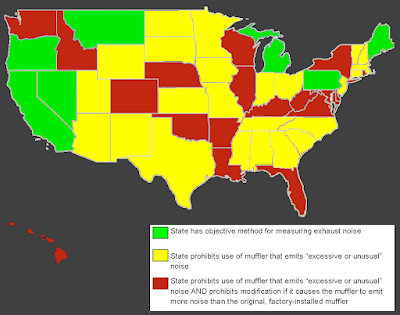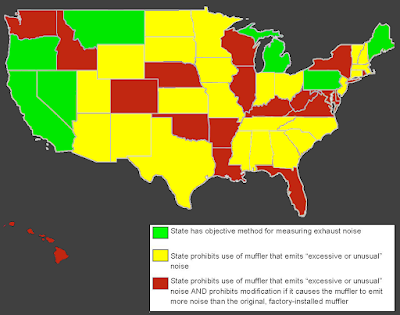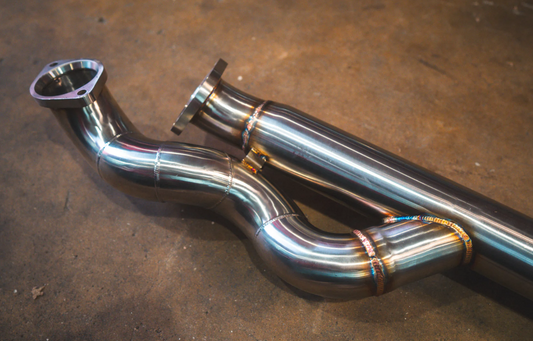Are Valved Exhausts Legal? Everything You Need to Know Before You Buy

What Is a Valved Exhaust System?
A valved exhaust system gives drivers the best of both worlds — quiet and comfortable when cruising, and aggressive and open when performance is needed. With the push of a button or remote, the valves adjust exhaust flow, changing both sound and backpressure.
This flexibility has made Valvetronic Designs exhaust systems popular among enthusiasts who want control over how their car sounds and performs without permanently modifying the exhaust note.

Are Valved Exhausts Legal?
This is one of the most common questions we hear — and the short answer is: it depends on where you live and how your system is used.
In many regions, valved exhaust systems are legal as long as they include a fully closed, quiet mode that meets factory noise limits. However, some states or countries consider any exhaust system with adjustable sound levels to be illegal for street use, even if it has a quiet mode.
Here’s a breakdown:
-
United States: Laws vary by state. States like California have stricter noise regulations under Vehicle Code Section 27151, which limits exhaust noise to 95 dB for most cars.
-
Europe: The EU allows valved systems as long as they comply with ECE noise and emissions standards and aren’t modified after type approval.
-
Canada & Australia: Similar to the U.S., legality depends on provincial or state regulations and whether the system maintains a quiet mode.

What Makes a Valved Exhaust Street Legal?
For a valved exhaust to be considered street legal, it must meet local noise, emissions, and inspection standards. In most cases, that means:
-
The exhaust has a quiet (valves closed) mode that complies with stock noise levels.
-
The system does not remove catalytic converters or alter emissions equipment.
-
The system can operate independently of the driver (no manual bypassing during inspection).
Valvetronic Designs builds systems that are designed to respect these standards. Our systems are created with both performance and compliance in mind, allowing owners to enjoy the benefits of an adjustable exhaust responsibly.

Can I Use a Valved Exhaust on the Track?
Yes — and this is where valved exhausts really shine. Many of our customers prefer to keep the valves closed during normal driving and open them fully at the track or in controlled environments.
In track mode, the open valves reduce backpressure, improving horsepower, torque, and engine breathing. This gives you the full performance benefit when it matters, without breaking local noise laws on public roads.

How to Stay Compliant With Your Valved Exhaust
If you already own or plan to install a Valvetronic Designs exhaust, here are a few tips to ensure you stay compliant:
-
Keep valves closed when driving in residential areas or during inspection.
-
Check your local noise regulations before installing — some areas test at specific RPM levels.
-
Avoid removing emissions components — our systems are engineered to work with stock catalytic converters.
-
Use your controller responsibly — the ability to control your exhaust means you can stay street legal when you need to.

The Bottom Line: Valved Exhausts Can Be Legal—When Used Properly
Valved exhausts offer an incredible balance between daily comfort and track-ready performance. While regulations vary by location, using your system responsibly — and ensuring it includes a compliant quiet mode — keeps you within the law while unlocking your car’s true sound and character.
At Valvetronic Designs, our mission is to engineer exhaust systems that perform as great as they sound, while respecting the rules that keep driving enjoyable for everyone.
Ready to learn more about systems built specifically for your car?
👉 Explore more HERE
NOT LEGAL FOR SALE OR USE IN CALIFORNIA. THE MANUFACTURE, SALE, OFFER FOR SALE, OR INSTALLATION OF THIS PRODUCT MAY ALSO BE ILLEGAL NATIONWIDE UNDER THE FEDERAL CLEAN AIR ACT (42 U.S.C. § 7522(A)(3)).
No comments






0 comments